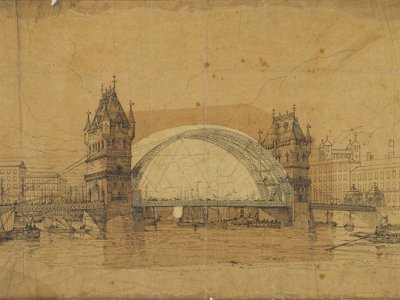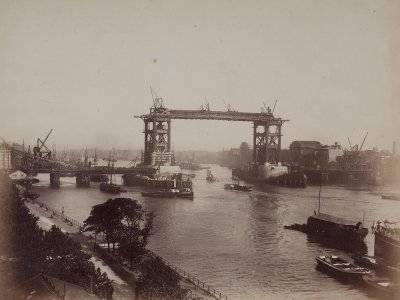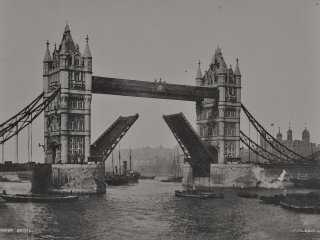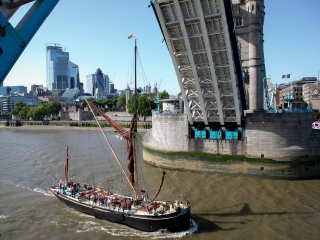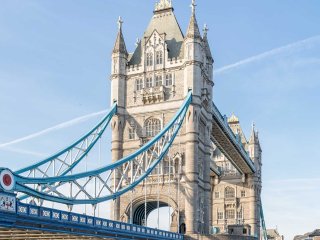What type of bridge is Tower Bridge?
You might look at Tower Bridge and ask yourself: 'what type of bridge is Tower Bridge'?
Most will say that the Bridge is a bascule bridge. Essentially, this statement is true, particularly considering the landmark is known all over the world because of its Neo-Gothic Towers and moving spans.
However, if you look a little closer, you will see that there is a lot more to Tower Bridge than meets the eye.


